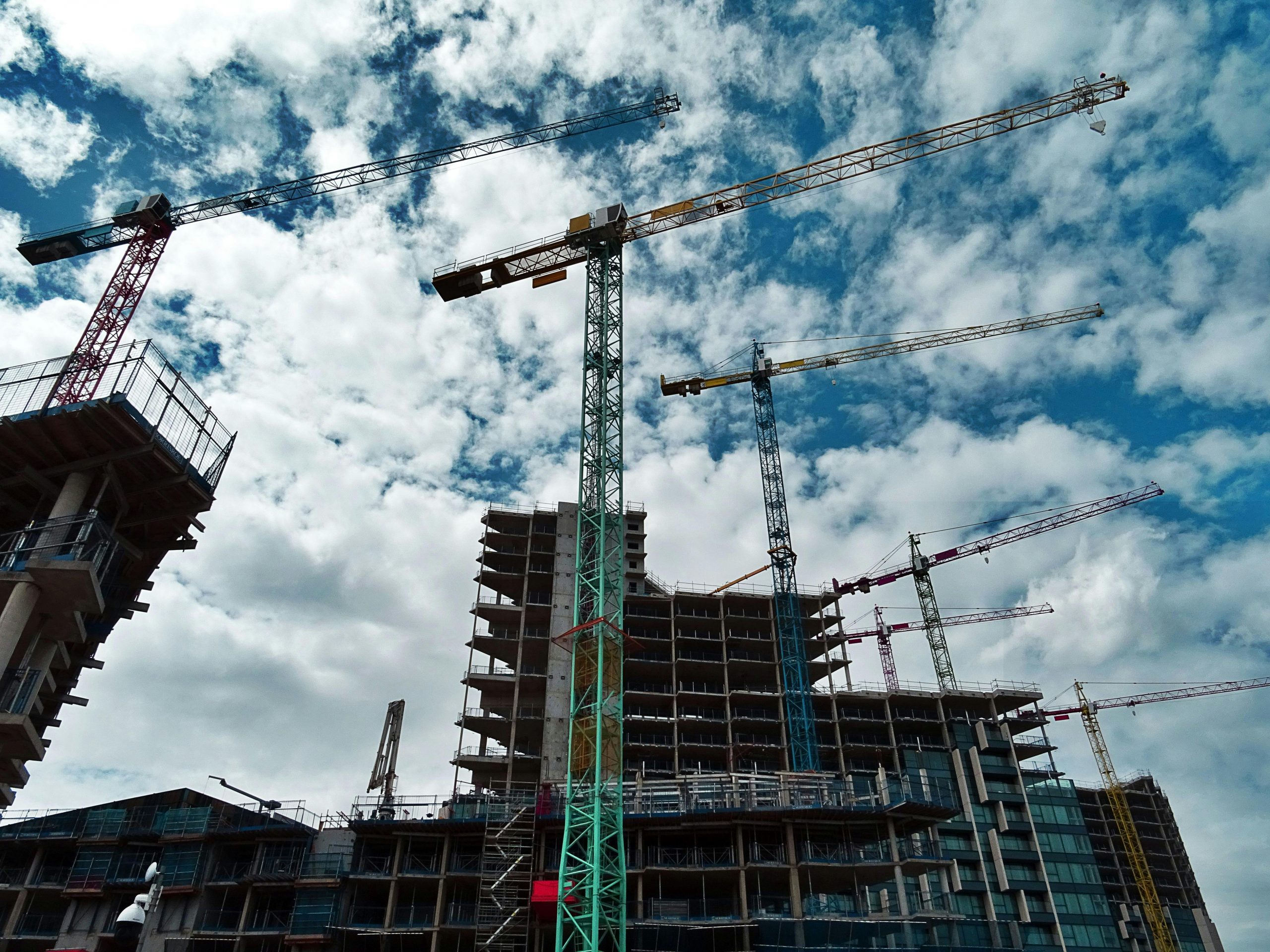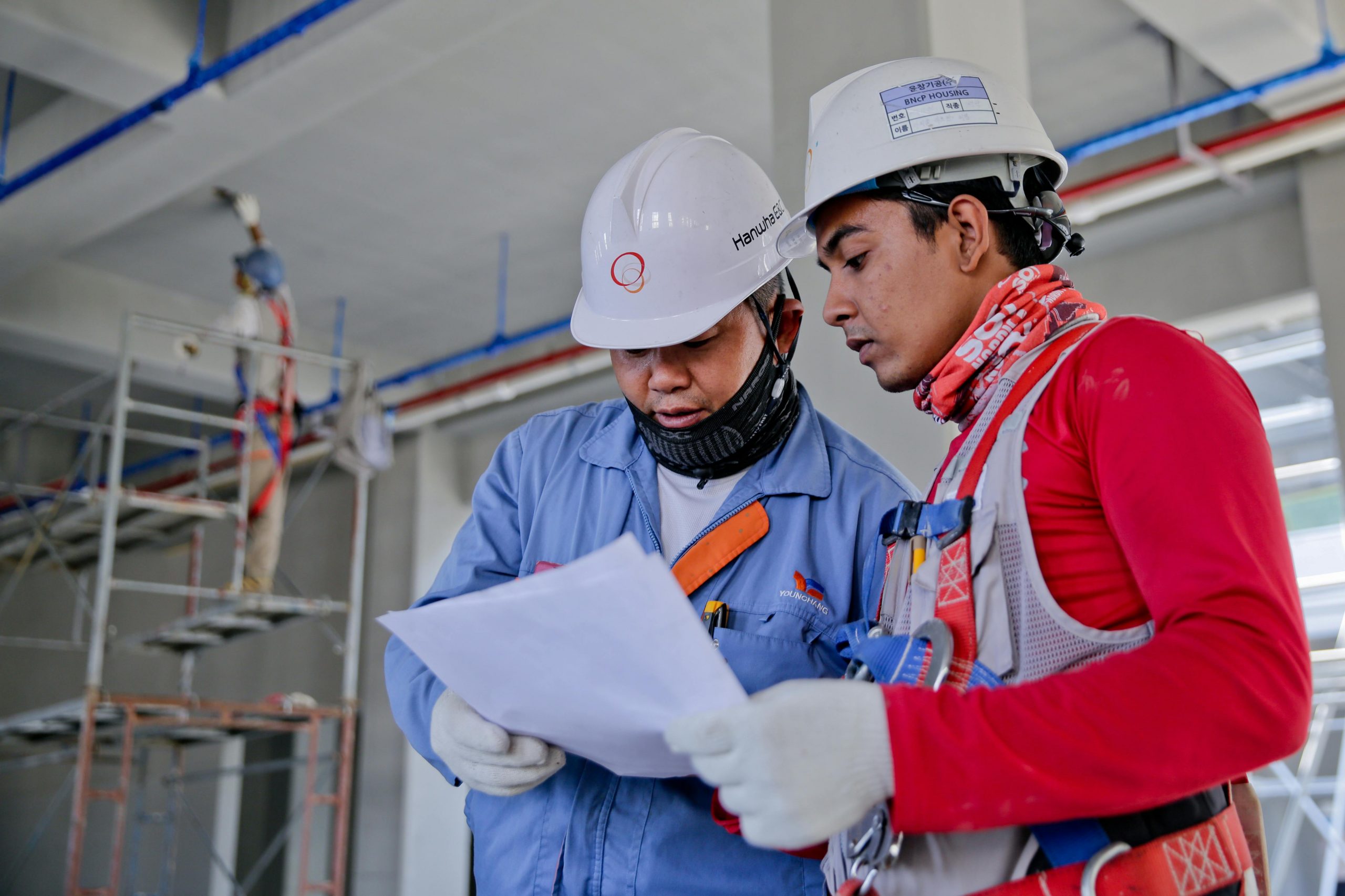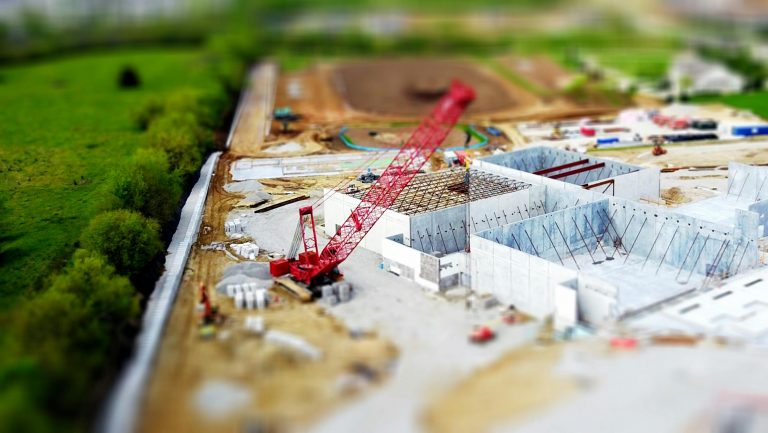Highlights
- Secure crane rental early to avoid project delays during peak season.
- Coordinate crane work with other trades to keep construction moving.
- Prepare the site properly to ensure safe and efficient crane setup.
- Build contingency time for weather and unexpected delays.
- Use communication tools to keep crews and crane operators aligned.
- Work with a professional crane company for reliable service and expert guidance.

Cranes are the unsung heroes of many construction projects, from residential builds to large-scale commercial sites. They lift heavy materials, position structural components, and allow contractors to work faster and more efficiently. However, they also present a scheduling challenge — when crane use is delayed, entire crews can be left waiting, which can quickly inflate labour costs and derail a carefully planned timeline.
Planning a construction schedule with crane operations in mind is critical. This guide will walk you through everything you need to consider, from booking your crane rental to coordinating with other trades, managing weather-related delays, and keeping your project on budget.
The Role of Cranes in Construction
Cranes are not just lifting machines; they are an essential part of the workflow on most major builds. They are used for:
- Lifting heavy structural elements such as steel beams, concrete panels, and prefabricated walls.
- Hoisting roofing materials and trusses during residential construction.
- Positioning HVAC units, generators, and other equipment on rooftops.
- Assisting with demolition work by lifting debris or dismantling heavy structures safely.
The type of crane you choose matters. Tower cranes may stay on-site for months, supporting long-term projects, while mobile cranes can be brought in for a day or two for specific lifts. Understanding these roles allows you to allocate the right amount of time for setup, operation, and removal.
Understanding Lead Times & Availability
One of the biggest mistakes builders make is waiting too long to book their crane. Crane rentals often require advance reservations, especially during peak construction seasons. If you wait until the last minute, you may have to delay your project or settle for a crane that isn’t ideal for the job.
Here’s what you can do to avoid availability issues:
- Book early: Secure your crane rental as soon as your project schedule is set.
- Ask about backup equipment: If the crane you book becomes unavailable due to mechanical failure, you’ll want to know how quickly a replacement can be provided.
- Confirm operator availability: Even if a crane is free, you’ll need a qualified operator who can work within your project timeline.
Coordinating Cranes with Other Trades
Cranes rarely work in isolation. Their presence impacts the schedule of multiple trades. Proper coordination can prevent costly downtime.
- Work backward from crane dates: Once your crane rental is confirmed, schedule framing, foundation, and material delivery to align with lift days.
- Make sure crews are ready: Delays can occur if the steel erectors or framers aren’t on-site when the crane arrives.
- Avoid double-booking: If two trades need the crane on the same day, create a clear plan to share time efficiently.
By sequencing work carefully, you avoid having a crane sitting idle — which you’re paying for by the hour — while waiting for other tasks to be completed.
Factoring in Site Preparation & Safety
Cranes require a safe and stable setup area. If the ground is uneven or the site is cluttered, you may lose valuable time preparing at the last minute.
- Level the ground: Ensure the area where the crane will sit is properly graded and compacted.
- Plan access routes: Large cranes need room to maneuver and space for delivery trucks to offload materials.
- Clear obstacles: Power lines, trees, and temporary structures can interfere with crane operation. Address these hazards before the crane arrives.
- Follow regulations: OSHA and local building codes may require inspections before lifting begins. Build these steps into your schedule.
Taking these steps early ensures your crane can be set up and begin work on time, without unexpected safety delays.
Weather and Contingency Planning

Cranes are heavily impacted by weather conditions. High winds, heavy rain, or lightning can force you to halt operations for hours or even days.
To prevent your project from falling behind schedule, build buffer time into your plan:
- Add extra days: Include at least one or two contingency days in your project timeline for every week of crane use.
- Have backup tasks ready: If crane work is delayed, shift crews to other tasks (plumbing, electrical, site prep) to keep productivity up.
- Monitor forecasts: Check weather predictions regularly and adjust schedules proactively when severe weather is expected.
Proactive planning minimizes disruption and helps you avoid the domino effect of delays impacting other trades.
Communication & Scheduling Tools
Modern construction projects benefit greatly from technology that streamlines communication and scheduling—especially when coordinating something as critical as crane operations. With so many moving parts on a job site, keeping everyone on the same page can prevent costly delays and missteps.
Digital Calendars & Project Management Software
Sharing crane lift schedules through tools like Google Calendar, Microsoft Teams, or construction-specific software (such as Procore or Buildertrend) ensures that every subcontractor, supervisor, and equipment operator knows the plan. This transparency reduces last-minute confusion and allows teams to plan their workdays around scheduled crane use.
- Centralized scheduling: Everyone has access to the same timeline and updates in real time.
- Version control: Changes are immediately visible to all team members, reducing miscommunication.
- Resource planning: Subcontractors can adjust their staffing needs and deliveries to align with crane operations.
Automated Notifications & Reminders
Many project management platforms allow you to set automated reminders for upcoming lifts, equipment inspections, and safety checks. These reminders keep teams punctual and prepared.
- Text or email alerts: Ensure workers are on-site and ready at the right time.
- Advance warnings: Alerts for weather delays or schedule changes give teams time to adjust.
Daily Coordination Meetings
Even with digital tools, nothing replaces a brief face-to-face or virtual check-in at the start of each day. These meetings align everyone on priorities, weather considerations, and potential obstacles that could affect crane work.
- Identify conflicts early: Avoid overlapping trades that may block crane access.
- Review safety protocols: Reinforce the importance of maintaining clear work zones.
- Encourage feedback: Field crews can share concerns or issues that may disrupt the schedule.
By combining technology with consistent communication habits, you create a proactive approach that minimizes downtime, keeps teams synchronized, and ensures that crane operations run smoothly. Good communication is one of the most underrated yet powerful ways to keep crane-related work on track—and it directly contributes to safer, faster, and more cost-effective project completion.
Cost Implications of Poor Planning
A crane sitting idle is one of the most expensive forms of job-site waste. Rental fees, operator wages, and crew downtime can quickly inflate your budget.
- Hourly costs add up: Mobile cranes can cost hundreds of dollars per hour to rent. Idle time wastes money.
- Labour costs rise: Crews waiting around cost money even if they aren’t working.
- Project delays can lead to penalties: For commercial projects, failing to meet deadlines can result in contractual penalties.
Proper planning keeps your budget under control and protects your profit margins.
Working with Professional Crane Companies
Your choice of crane partner can make or break your project’s success. A crane company that provides flexible scheduling options is particularly valuable, as it allows you to adapt if things change on-site.
When evaluating a crane provider, ask about:
- Availability guarantees: Can they meet your dates, and do they offer backup equipment if needed?
- Operator certifications: Ensure operators are licensed and experienced for the type of lifts you need.
- On-site support: Some companies provide lift planning and engineering support, which can help prevent accidents and improve efficiency.
The right crane partner is an investment in keeping your project safe, efficient, and on schedule.
Conclusion
Planning a construction timeline that involves crane work requires attention to detail and proactive scheduling. By booking early, coordinating with other trades, preparing the site, and building in contingency days, you can keep your project moving forward — even when unexpected challenges arise.
Partnering with experienced crane providers, communicating clearly with your crews, and using scheduling tools can further reduce downtime and save money. With the right strategy, you can turn crane operations from a potential scheduling headache into a smooth, efficient part of your build.

